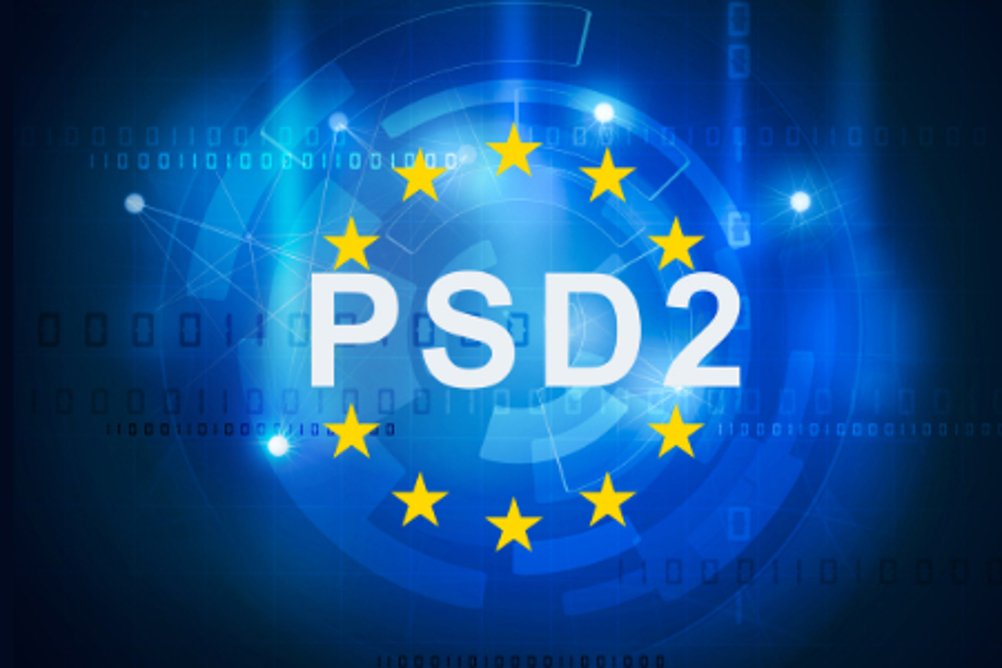
The European Payment Services Directive (PSD2) has been updated with a new set of requirements designed to combat fraud, increase efficiency and drive innovation by improving customer identification and payment processing transparency. Comms Business talks to two channel players on the subject.
The deadline for PSD2 implementation is fast approaching but the guidance to date, especially for certain sectors and use cases, has been a bit vague. So, what does this mean for your business? What is changing?
Explaining what is changing is Tom Davies, Technical Director and Head of R&D at Ultracomms who also has a seat on the Contact Centres Council for the Direct Marketing Association in the UK.
“From 14th September 2019, additional customer authentication is required for certain types of payments. Merchants that haven’t implemented support for these requirements in time may face declined customer payments.
Online and face-to-face point of sale transactions, where the cardholder is present to provide their details, will be subject to additional checks. The customer may be asked to provide an additional ‘factor’ of authentication to prove their identity; by using chip and PIN for otherwise contactless payments, or with a security code sent to their device or generated by their banking app, for online transactions.
This is referred to as Strong Customer Authentication (SCA) and will be applied if any of the following conditions are met:
• The value of the transaction exceeds €50
• The cumulative limit of consecutive contactless transactions exceeds €150
• The number of consecutive contactless transactions since the last application of SCA exceeds five.
The requirements for Strong Customer Authentication do not apply to payments made over the telephone when the cardholder is not present. So, that’s good news?
Davies is cautious when he says, “Well, yes but merchants that, for example, process payments by writing details down and use an online consumer channel to process the payment, or any other non-compliant process, will be caught out by these changes if additional authentication, that only the customer ‘knows’ is requested, further reinforcing the need to be compliant with the Payment Card Industry Data Security Standard (PCI DSS).”
Is PSD2 revealing any new opportunities for channels?
Renat Zubairov, CEO and co-founder of elastic.io, says, rather than continuing the trend of previous regulatory requirements to tighten the banks’ operational models, PSD2 aims to increase competition, innovation and transparency across the European market.
“Critically, it requires banks and fintechs to open their payments infrastructures and customer data to third parties creating exciting and widespread opportunities for ISVs to develop new and innovative services across an expanded banking landscape.
The continuing trend towards open banking is changing the competitive face of the financial industry. Services will be able to be offered by a broader range of traditional financial institutions, as well as new entrants such as technology companies, retailers, telecommunications providers and even crowdsourcing platforms. With PSD2, any of these companies will be able to initiate online payments directly from the payer’s bank account via an online portal, creating a host of new opportunities in online transactions.
Time and cost to market for new consumer products and services will become even more under pressure in the post-PSD2 marketplace. And new opportunities for collaborations with third party providers will boost customer service and operational innovation.”
In all of this, who is keeping an eye on what the customers are actually looking for?
Zubairov believes that competition will be more aggressively fought on the battleground of customer satisfaction,
“This will increasingly demand real-time, personalised and seamless service offerings and require an agility that pushes traditional banks to break out of their siloed operations.
Organisations that fail to integrate service offerings and back end data will miss out on opportunities for enhanced service, cross selling and upselling offerings to customers.
It also signals a move away from closely-guarded proprietary systems in traditional financial institutions towards a more scalable and flexible SaaS-based infrastructure. This aims to make the organisation more agile and responsive to market forces and customer demands.
Interoperability is the keyword in the post-PSD2 financial services environment. For banks, it means the ability to build third party capabilities into their core offerings to improve and expand core service offerings to retain and grow their customer base.”
